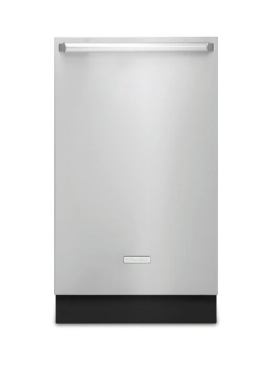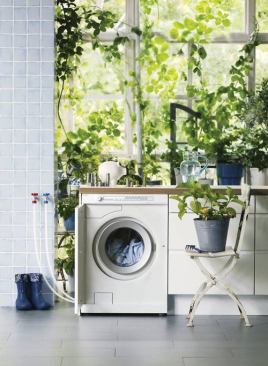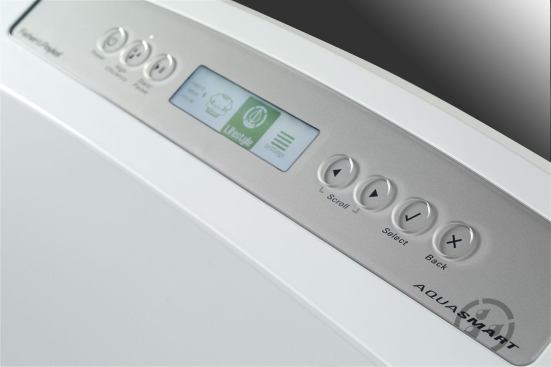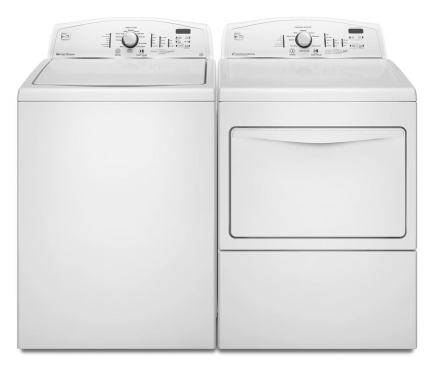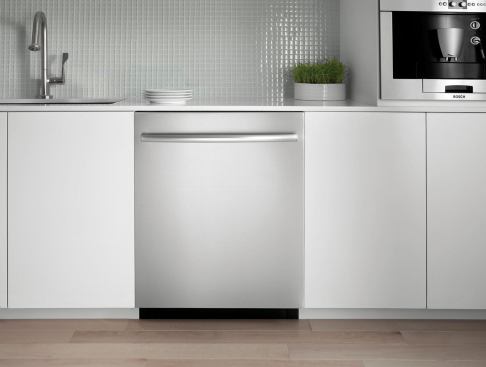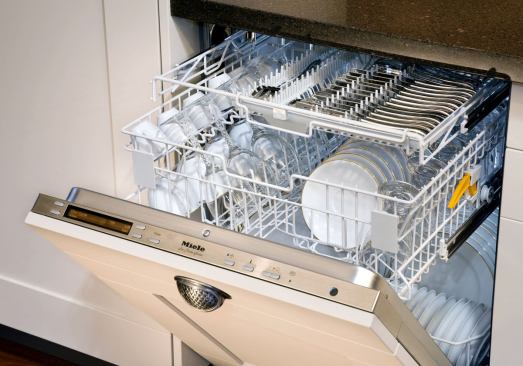Maytag. With a Water Factor of 2.7, the Maxima washing machine …
It is important to note that while both Energy Star and CEE specify both water and energy requirements, they are qualifying dishwasher and clothes washers on their overall efficiency. For example, a washing machine could potentially have a WF as low as 3.5 but only achieves a CEE Tier 2 designation because of its energy consumption. Therefore, it is better to trust the rating systems that are in place—both Energy Star and CEE—as opposed to trying to specify using water attributes alone.
Squeezing Out Efficiency
Specifiers may soon have even more guidance: The Association of Home Appliance Manufacturers (AHAM) is proposing a new set of federal standards for clothes washers and dishwashers. The 2015 standard would separate front-loader and top-loader standards. Front-loaders could provide 52% in water savings compared to the current federal minimums. The standard proposes two phases for top-loaders, providing 16% water savings in 2015 and up to 37% savings by 2018 compared to current requirements. The dishwasher standard, which would take effect in 2013, is the same as the current Energy Star specification and could reduce water use by 23%.
The question is whether manufacturers can continue to reduce the amount of water without compromising performance. Sensor technology has played a big role in helping increase efficiency by measuring the turbidity or clarity of the water and then adapting water consumption, program duration, and wash temperatures accordingly. Improved filtration systems and alternating spray arms in dishwashers have also helped. New top-loading washers are reaching efficiencies of front-loading units by replacing traditional agitators with impeller and low-profile agitators that move clothes through a small amount of water instead of a full tub. “I don’t think we’ve hit a ceiling,” says Maria Vargas, brand and communications director at Energy Star. “I think there are still places to squeeze more water efficiency and energy efficiency.”
According to Vargas, Energy Star is working on a cleaning performance standard to confirm that performance isn’t sacrificed as the bar continues to rise. AHAM is also developing a verification program that will provide ongoing testing and verification to ensure that products are measuring up to manufacturer claims.
J.B. Hoyt, director of regulatory affairs at Whirlpool, believes the industry is getting pretty close to the point of diminishing marginal returns, but thinks there are opportunities for further water savings in areas such as greywater. “We aren’t going to take a shower in used water or wash our dishes in used water,” he says, but there may be opportunities to clean water within the home and reuse it for the first fill of the dishwasher because there’s another fill beyond that. “You go from thinking about just an appliance … to thinking of the home as a system.”
Brendan Owens, vice president of LEED Technical Development at the USGBC, encourages specifiers to seek out water-efficient appliances because it is a simple way to save on overall water consumption. “When you look at the amount of effort it takes to specify one of these [appliance] systems, it’s just not that hard,” he notes. “The fact that it is easy and the fact that it is effective is kind of a win-win.”
Still, a lot of the appliances’ success comes after move-in. As part of the homeowners’ manual, builders should inform clients of best practices such as using high-efficiency (HE) detergents with HE washers in order to maintain performance; keeping the door to front-loading washers ajar for an hour or two after use to prevent moisture from sitting in the door jamb; running full laundry and dish loads; and scraping—not rinsing—dishes. Today’s machines are also designed to perform well in cold-water cycles. Although that doesn’t necessarily save water, it does save the energy that would be used to heat the water.
According to Mark Gray, executive vice president of Washington-based Quadrant Homes, green builders who truly want to make a difference need to educate consumers. Gray says his firm doesn’t specify water-efficient appliances because of regulations or even homeowner preferences. “It’s mostly been about what’s the right thing to do and what are trends in the industry that make it a good business practice,” he says. “You really have to find a way to share the values with buyers, as opposed to trying to sell them those values.”

